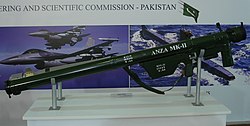This article possibly contains original research .(June 2021) |
This article possibly contains original research .(June 2021) |


{{cite web}}: CS1 maint: archived copy as title (link){{cite news}}: CS1 maint: multiple names: authors list (link){{cite news}}: CS1 maint: multiple names: authors list (link)